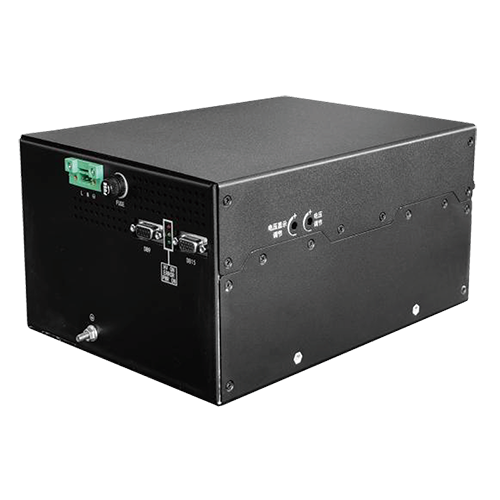Analysis of the Sample Ionization Mechanism of High Voltage Power Supplies in Simple Terms
In the fields of modern scientific research and numerous technological applications, high voltage power supplies play an extremely crucial role in the sample ionization process. Understanding the underlying sample ionization mechanism is of great significance for optimizing the analysis process and improving experimental accuracy.
The high voltage generated by a high voltage power supply can create a strong electric field in a specific environment. Taking the ionization of common gaseous samples as an example, when the electric field applied by the high voltage power supply acts on a gaseous sample, the electrons in the gas molecules will be strongly affected by the electric field force. Under a strong enough electric field, electrons gain sufficient energy to overcome the binding force within the molecule and escape from the molecule to become free electrons. This process is called field emission.
Once free electrons are generated, they will accelerate in the electric field. During the movement, the free electrons collide with other gas molecules. Due to the high kinetic energy of the free electrons, these collisions can knock out the electrons in other gas molecules, thereby generating more free electrons and positive ions, forming an electron avalanche effect. This avalanche like ionization process rapidly expands the ionization region, ionizing a large number of gas molecules and thus forming a plasma.
For liquid or solid samples, the action mode of the high voltage power supply is slightly different. In some cases, special devices are used to convert liquid or solid samples into tiny particles or vapor states, and then ionization is carried out using a high voltage electric field. For example, in some analytical instruments, heating or spraying and other means are used to convert the sample into an aerosol form. The electric field generated by the high voltage power supply will ionize these aerosol particles. The electric field will change the charge distribution on the surface of the particles, and some electrons will escape from the surface of the particles, achieving the ionization of the sample.
In simple analysis, it is crucial to precisely control the output voltage and current of the high voltage power supply. The magnitude of the voltage directly affects the electric field strength, thus determining the ionization efficiency and degree. If the voltage is too low, it may not provide enough energy to ionize the sample molecules; while if the voltage is too high, it may lead to over ionization, generating complex ion fragments and affecting the accuracy of the analysis results. The stability of the current is related to the continuity and stability of the ionization process.
In conclusion, high voltage power supplies achieve the ionization of various samples in different ways by skillfully using the action of the electric field. In depth understanding of its sample ionization mechanism helps researchers and technicians to better apply high voltage power supplies and promote the technological development and innovation in related fields.




















